Inside Lancashire's most haunted hall
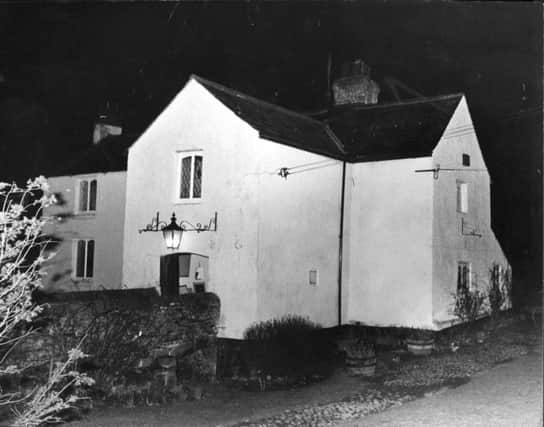

It has certainly been investigated and written about as such over the years, and yet its recorded catalogue of ghostly sightings may not be quite complete.
Standing at Goosnargh, near Preston, it was built as a manor house in 1260 by Adam De Singleton and originally called Singleton Hall, the land having belonged to the family since 1066.
Advertisement
Hide AdAdvertisement
Hide AdLaid out in the shape of a cross, it was surrounded by a moat and was accessed by a small wooden drawbridge, later replaced by a brick-built bridge in the 1500s.
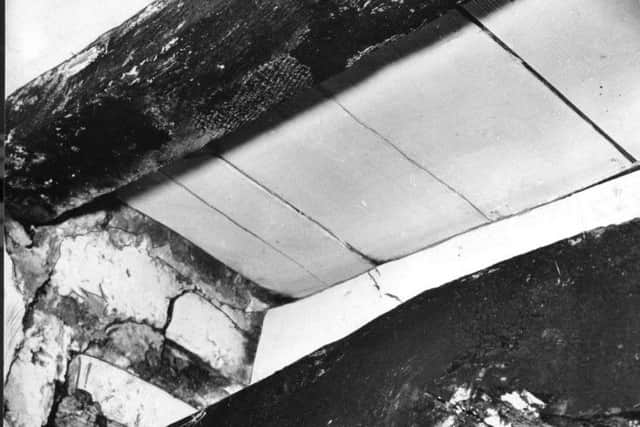

The wooden beams used in its construction are Norwegian oak, thought to have come from a wrecked Viking longboat discovered in the Ribble Valley, Goosnargh being one of their settlements.
Later renamed Chingle Hall, it stayed with the Singletons until the last of the line died in 1585.
The house then passed to the Wall family who owned it until the mid-18th century during which, in 1680, the west side of the house was extended.
Advertisement
Hide AdAdvertisement
Hide AdLegend also has it that during the Battle of Preston in 1648, Oliver Cromwell visited the Hall and climbed one of its chimneys to spy on Royalists below.
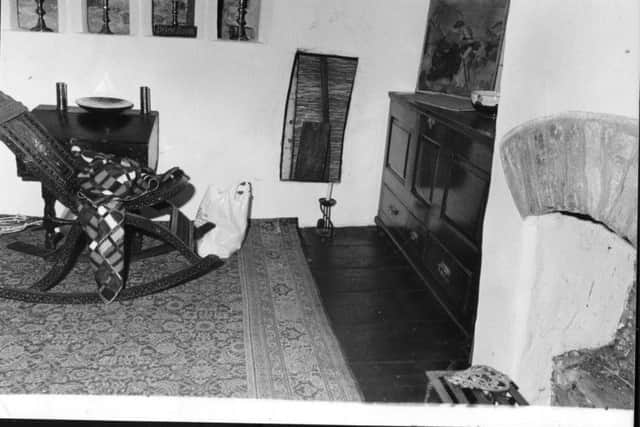

In 1794 the house was taken over by the Farrington family and later bought by the Longtons. In 1945, it was rented by George and Mayard Howarth before they bought the property in 1960.
Following the death of her husband, Mrs Howarth was left as custodian and sole resident of Chingle Hall.
She acted as host to public guided tours of the building, regaling visitors with tales of the building’s fascinating history, and its ghosts of which she professed to have had personal experience.
Advertisement
Hide AdAdvertisement
Hide AdAfter Mrs Howarth passed away, the house stood empty and vandalised until Sandra and John Coppleston-Bruce bought and restored it in 1986. John had grandiose plans for the estate including the most detailed excavation of the grounds ever undertaken and converting the nearby barn into a Tudor themed restaurant.
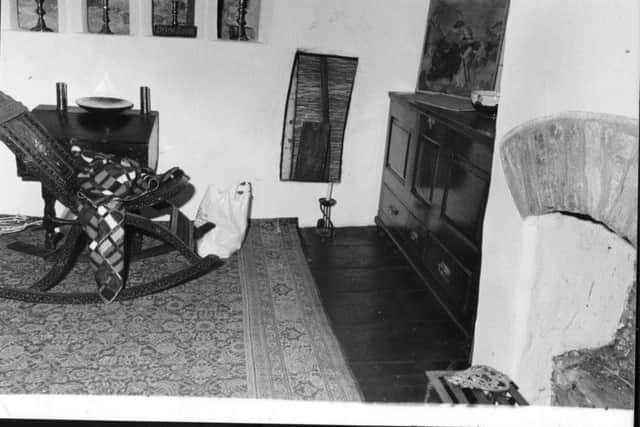

None of these came to fruition, but the public tours were reinstated until it was sold on to the Kirkhams in 1995.
The Hall’s historic and apparently supernatural legacies date right back to its original resident family.
Being Catholic, the Singletons not only installed a chapel but later added two priest holes when, during the 16th century, holding Papist masses was punishable by death.
Advertisement
Hide AdAdvertisement
Hide AdOne was located in the floor to hide the accoutrements of mass and another within the chimney breast to secrete the priest.
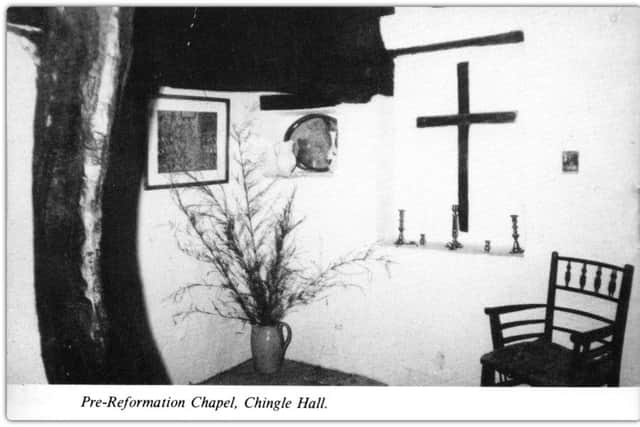

One of these hides remained hidden and undiscovered for centuries until “revealing” itself in 1970.
When owner Mrs Howarth saw smoke coming from the chapel ceiling, she summoned the fire brigade who discovered the smoke originated from the unknown chimney hide, within which a log was burning from the inside out.
Was this example of internal spontaneous combustion or a supernatural agency at work?
Advertisement
Hide AdAdvertisement
Hide AdThere have certainly been some ghostly experiences reported at the hall and one presence is thought to be Lady Eleanor de Singleton, the last of that family to own the estate.
Born in 1568, the death of her parents left her orphaned at age six, and she was left in the care of her two uncles.
They professed the girl to be suffering from madness and kept her locked in the Priest’s Room, where she allegedly suffered sexual abuse at the hands of her guardians.


This resulted in numerous pregnancies, some of her babies being stillborn while the surviving ones were reputedly killed.
Advertisement
Hide AdAdvertisement
Hide AdShe eventually died aged about 17 while giving birth to a child with an enlarged head, though it has been suggested she was actually murdered.
Over the years, visitors have reported a smell of lavender in that room thought to be hers, while others have detected the odour of a dog, possibly an Afghan hound that kept her company.
Those of particular sensibilities have sensed an overwhelming sense of sadness the moment they set foot in the room.
But the most famous ghost is that of Blessed John Wall who was born in the Hall in 1620. In 1641 he went to France and became a Franciscan priest. In 1678 he was back in England visiting a friend when he was arrested at Rushock Court near Bromsgrove and convicted of being a Catholic priest.
Advertisement
Hide AdAdvertisement
Hide AdTaken to Worcester jail, he was offered his life if he would forsake his religion, which he refused. He was hanged, drawn and quartered at Redhill on August 22, 1679, and his remains buried in St Oswald’s churchyard, Worcester. Having died a martyr, Ward was finally canonised by Pope Paul VI in 1970. It is believed John Ward’s head was acquired and treasured by the friars at Worcester.
Following the dissolution of the house during the French Revolution, a group of nuns were said to have brought his head back to Chingle and buried it somewhere within its boundaries.
Since then he has been seen walking the grounds and even allegedly photographed.
Those are many examples of hauntings at Chingle that have been related and documented for prosperity, but there is another Mrs Howarth related to me back in the mid-1970s which owners and investigators during the years since appear to be largely unaware of.
Advertisement
Hide AdAdvertisement
Hide AdMrs Howarth said that, on many an evening, she would be sat in the far end of the lounge watching Coronation Street on television with her two dogs curled up by the fire.
Then there would be the sound of the front door opening and closing, and one of two figures seen crossing through to the other side of the room and the doorway to the stairs.
The figure was usually a hooded monk in brown cowl, and the two dogs would leap up with tails wagging and walk with him to the stairs. However, the monk was sometimes in black, in which case her pets would remain crouched with heads down.
The brown monk is believed to be John Ward, but who was the black monk and why did it induce fear in Mrs Howarth’s dogs?
Advertisement
Hide AdAdvertisement
Hide AdSubscribers to the supernatural would probably suggest an entity that had known no life at all, but rather a negative energy born out of the pain and suffering associated with Chingle Hall. Today, Chingle Hall and its grounds are closed to both investigators and the public, as the current owner keeps it as a private residence.